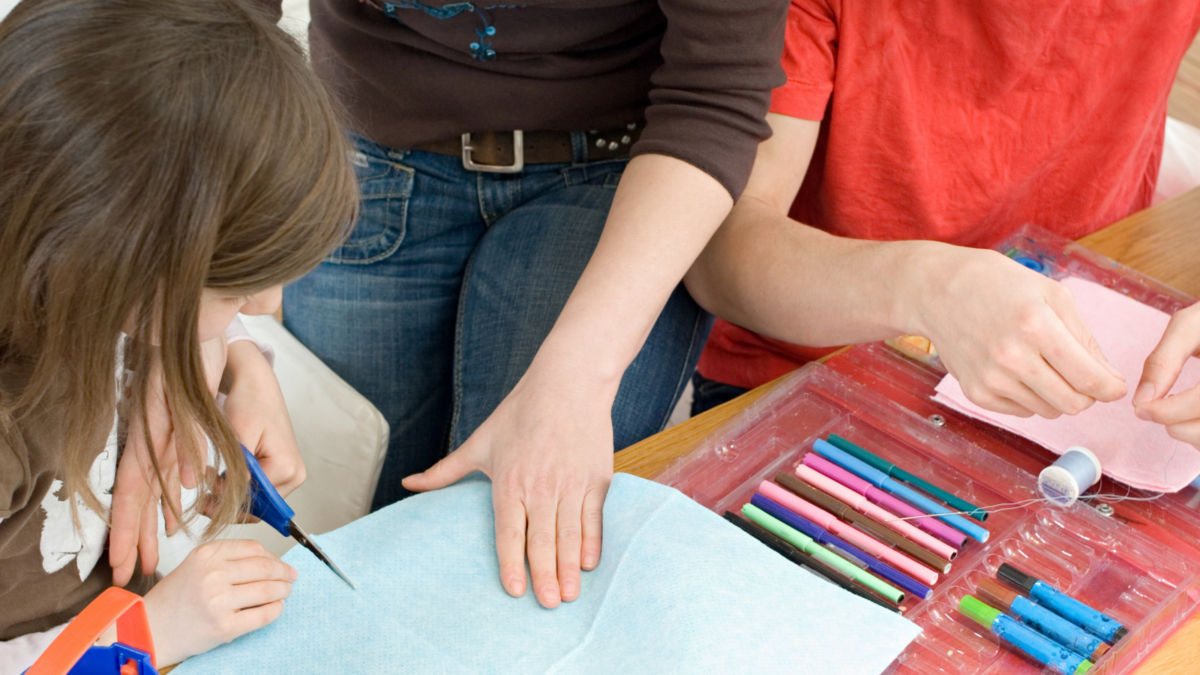It is International Stress Awareness Week and therefore, a very relevant moment to return to the Six Dimensions of Wellness.
A number of studies over the past year (since lockdowns began) have noted that people are experiencing significantly more stress, anxiety and depression. Women and young people have been found to be the most affected.
Understanding wellness and the different elements of our lifestyle that contribute to it, will help you make healthy choices each day and support your pupils to do the same.
Six areas, or ‘dimensions’, make up overall wellness – physical, social, intellectual, spiritual, emotional and occupational – these complement each other to provide a well-balanced, vital and prosperous life.
What is ‘emotional wellness’?
In our first blog we looked at physical wellness – eating well, sleeping well and exercising regularly. In this blog, we will explore emotional wellness; the awareness of, and the acceptance of a wide range of feelings in yourself.
We all experience emotions. Successful emotional wellness is your ability to recognise, accept and manage your feelings. To do this, we need to reflect on how we feel, accept these feelings rather than deny them and know when to ask for help.
Being aware of and understanding your emotions and also respecting how other people feel is crucial to being ‘emotionally well’. This empathy and understanding will help you to develop relationships with other people that are based on a foundation of trust and respect. You will be able to take on challenges, take risks and recognise that conflict can be healthy.
Emotional wellness follows these two principles:
- It is better to be aware of and accept our feelings than to deny them.
- It is better to have a positive, rather than a pessimistic, approach to situations and challenges.
How can you support your pupils to develop emotional wellness?
Teach healthy ways to relieve stress.
- Take a deep breath – stress often causes us to take short shallow breaths. Take a moment to slow down and breathe in through your nose and slowly exhale through your mouth as you count to 10.
- Find a friend – a good way to beat loneliness, sadness or boredom (all of which make us stressed) is to be with someone else.
- Talk about it – bottled up emotions cause stress. Sharing how you feel with someone else can help clear your mind. Make sure your pupils know who they can go to if they need to talk; either a teacher or teaching assistant, or maybe a nominated buddy in an older class.
Teach children that positive thoughts can make a difference.
Approaching a challenge or problem with a positive mindset means you think the best is going to happen, not the worst. What can we do to help develop a positive attitude?
- Surround ourselves with positive people – negative people can increase our stress levels and make us doubt our ability. Make sure we have positive, supportive people who we can depend on for helpful feedback and advice in our lives.
- Follow a healthy lifestyle – exercise positively affects our mood and reduces stress. Aim to exercise for about 60 minutes a day, this can be broken up into shorter chunks e.g. 6 lots of 10 minutes each day.
- Practice positive self-talk – here are some examples of how to change the language we use:
- I’ve never done it before / This is the chance to learn something new
- It’s too complicated / I’ll try looking at it a new way
- This won’t work / I can give it a go and see if it will work
- It’s too difficult / I will try
- No one talks to me / I will talk to them
- I’m not going to get better at this / I will try again
Include social and emotional learning in your teaching.
Social and emotional learning (SEL) aims to improve how pupils make decisions, interact with others and manage their emotions. SEL helps children to:
- Identify and manage their feelings and behaviour and reach out for help where necessary
- Build and manage healthy relationships
- Have self-control
- Resolve conflict
- Be self-aware
- Handle and overcome difficulties
- Make good decisions
- Build resilience, self-esteem and confidence
- Think positively about themselves and how they perceive the world around them
- Recognise and prevent poor mental health
Further information
Read our last blog on Physical Wellness
You can find out more about the Six Dimensions of Wellness from the National Wellness Institute
See the Education Endowment Fund for examples of social and emotional learning interventions




